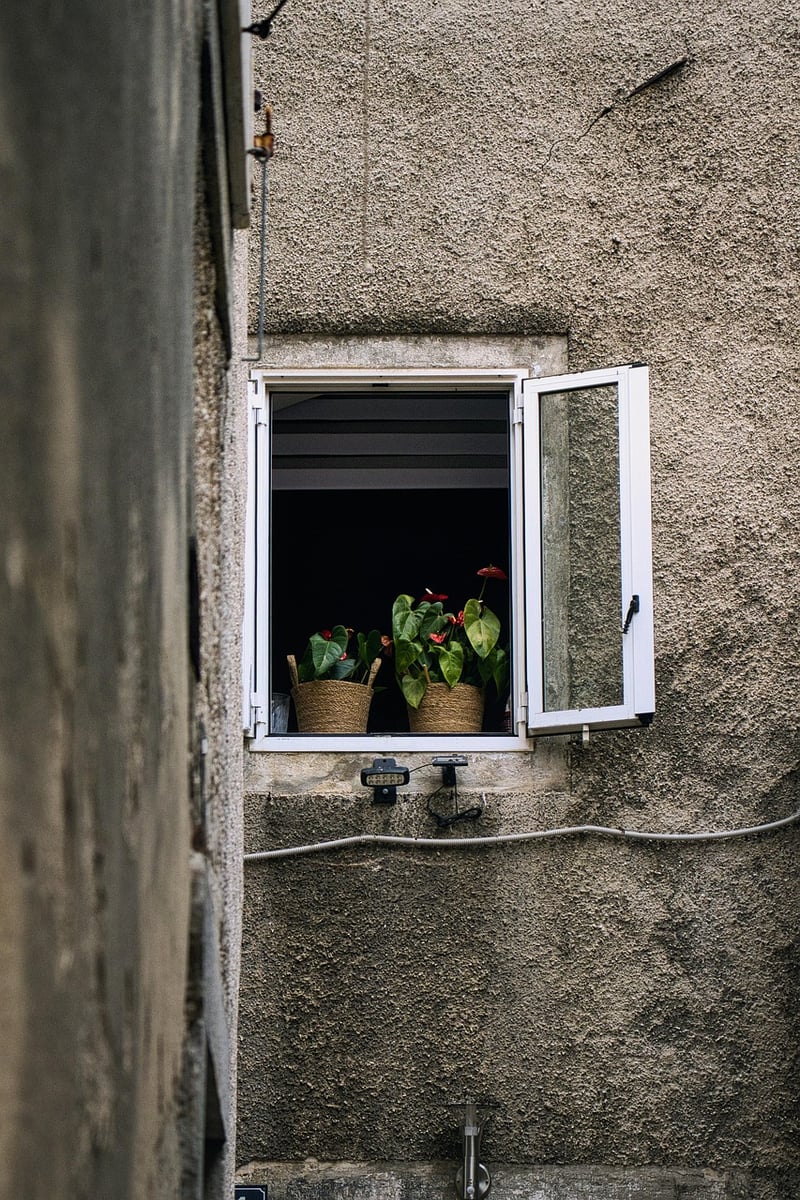Cityscape Planting
The Benefits of Green Spaces in Cities
Urban environments are often characterized by concrete jungles with minimal vegetation. However, the importance of green spaces in cities cannot be overstated. These areas provide numerous benefits for both the environment and the people living in these metropolitan areas.
1. Improved Air Quality
Green spaces act as natural air filters, absorbing pollutants and releasing clean oxygen. Trees and plants help reduce the levels of harmful gases in the air, improving overall air quality in cities.
2. Mental Well-being
Research has shown that access to green spaces can have a positive impact on mental health. Parks and gardens offer a peaceful retreat from the hustle and bustle of city life, reducing stress and anxiety.
3. Wildlife Habitat
Green spaces in cities provide vital habitats for various wildlife species. Birds, insects, and small animals find refuge in urban parks and gardens, contributing to biodiversity conservation.
4. Temperature Regulation
Plants help cool urban areas by providing shade and releasing water vapor through a process known as transpiration. This natural cooling effect helps mitigate the heat island effect in cities.
Cityscape Planting
Cityscape planting involves strategically incorporating greenery into the urban landscape to maximize its benefits. From rooftop gardens to vertical plant walls, there are various ways to integrate plants into city environments.
Benefits of Cityscape Planting:
- Enhances aesthetics and visual appeal of the city
- Improves property values and attracts residents
- Reduces energy costs by providing natural insulation
- Creates opportunities for urban agriculture and community gardens
Overall, green spaces and cityscape planting play a crucial role in creating more sustainable, livable cities. By incorporating nature into urban design, we can enhance the well-being of city dwellers and promote a healthier environment for all.

Source: Pixabay
